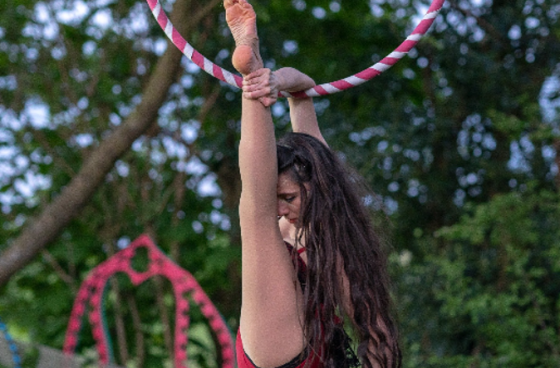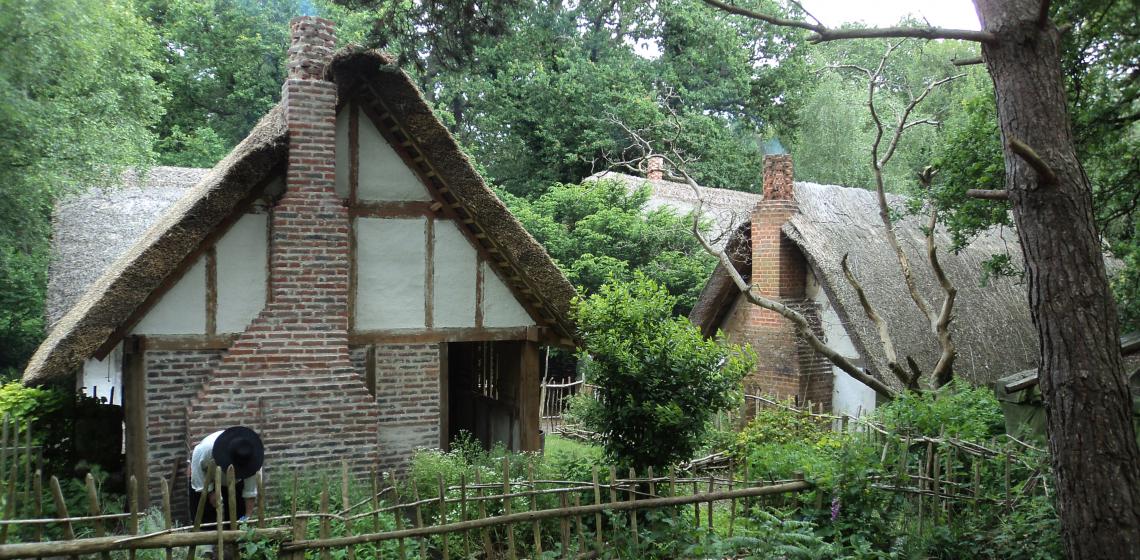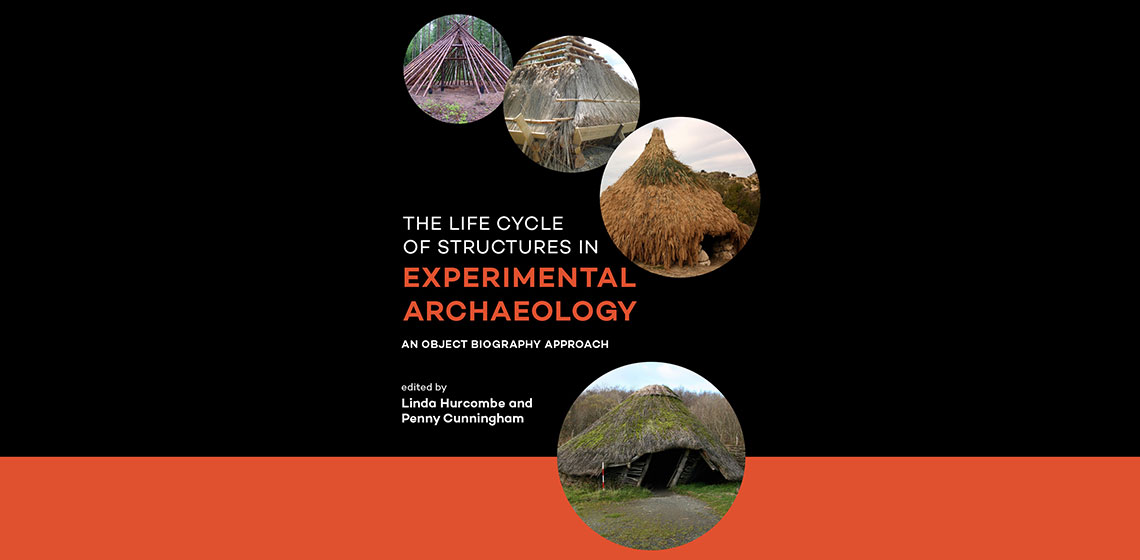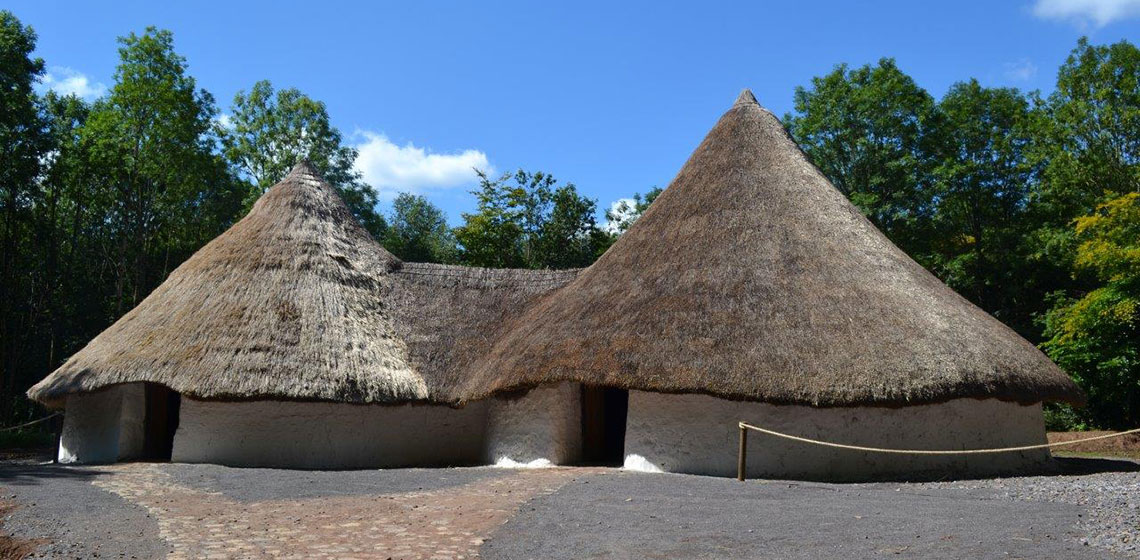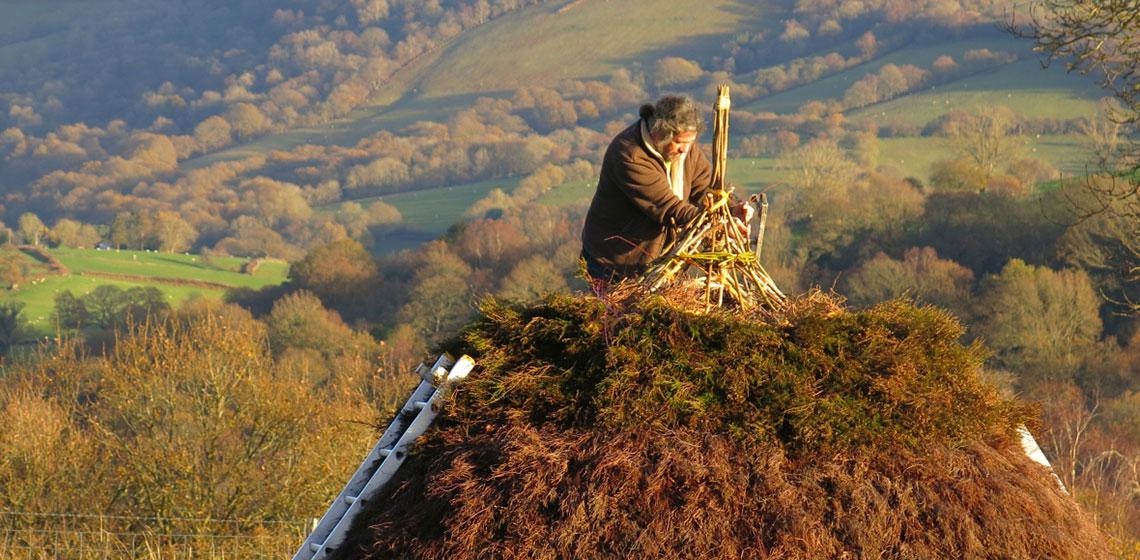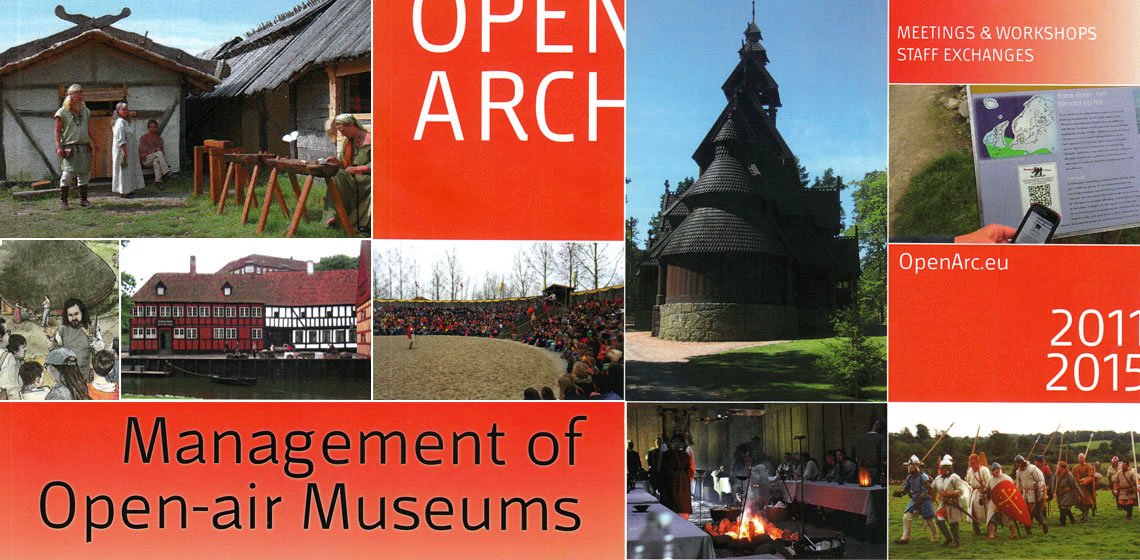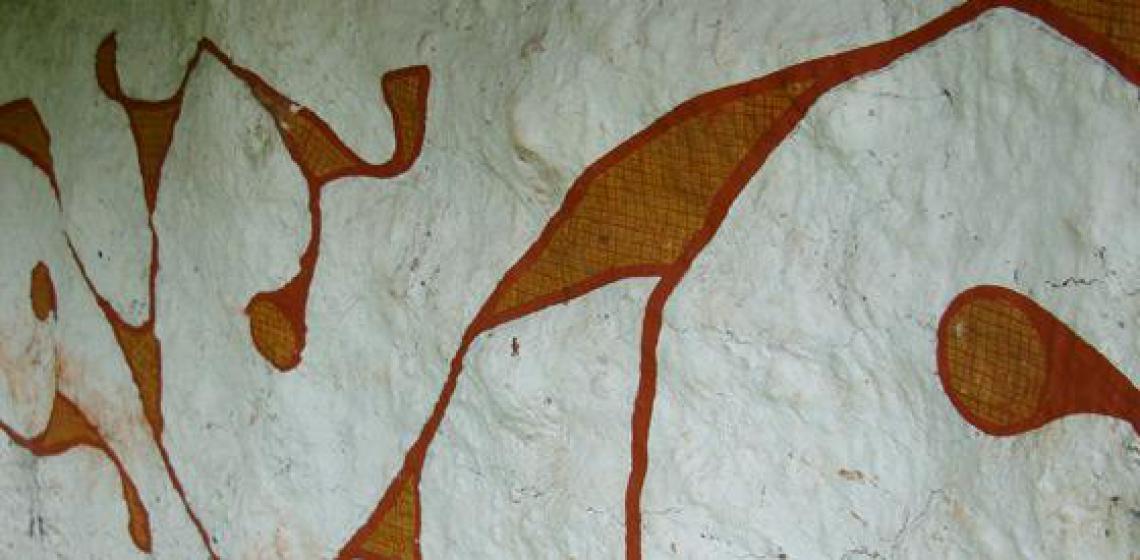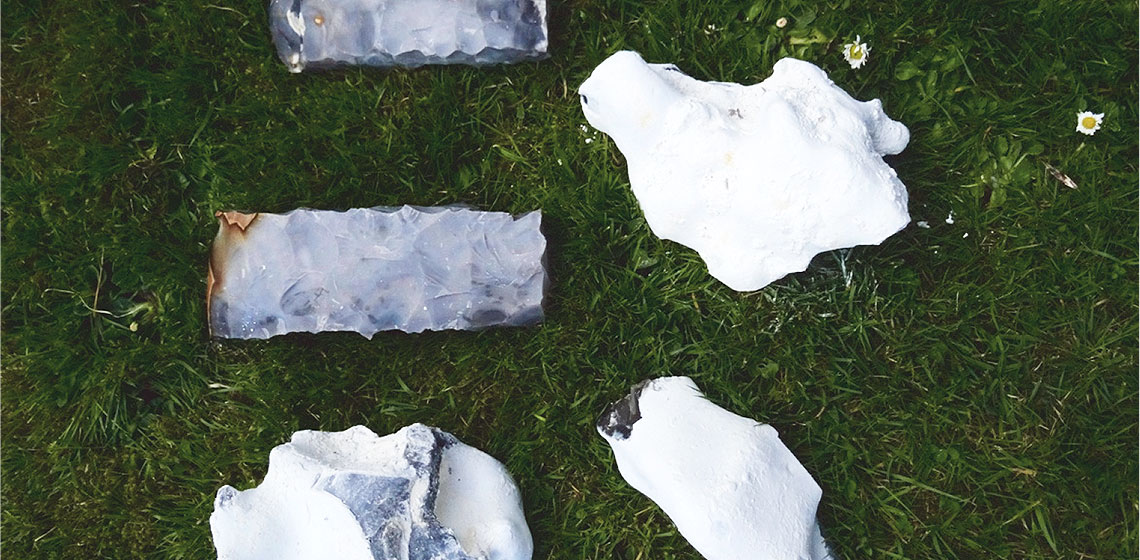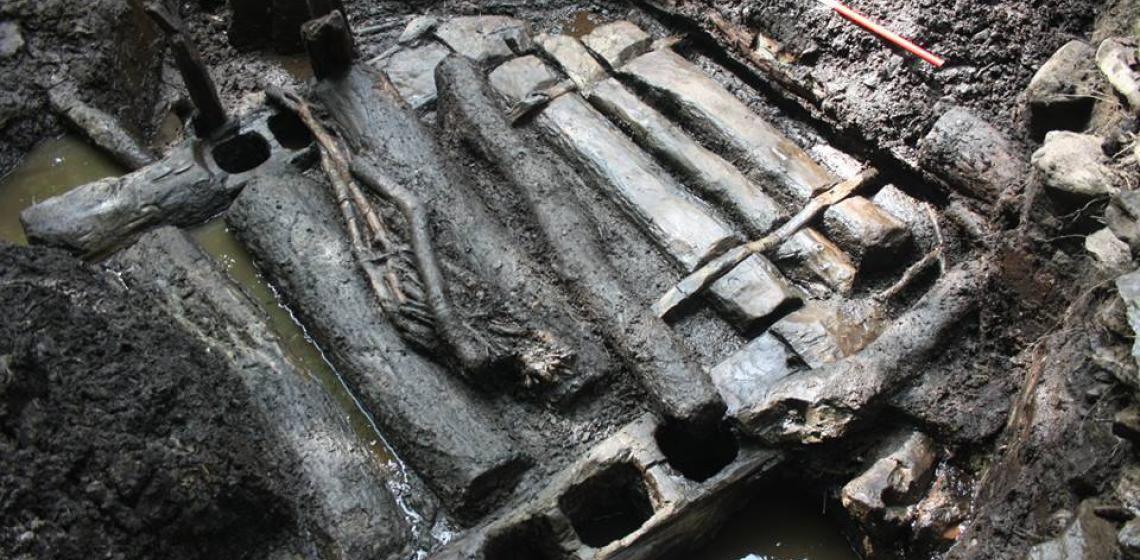Within the parish of Rowner, surrounded by woodland, lies the 17th century village of Little Woodham. A visit here will allow you to step inside the pages of history books; to open the doors of real homes and immerse yourself in everyday life in a small village.
You may meet the seamstress embroidering elaborate decorations on clothing for the wealthy members of the parish, or she may simply be repairing her husband’s britches! You may find the weavers busily spinning wool or weaving beautiful cloths. There’s also the potter at his wheel throwing pots or firing up his kiln. You’ll often hear the chopping of wood at the sawyers, or the rhythmic banging of metal at the blacksmith’s forge, or you might just hear a mother telling tales of faeries to her children.

